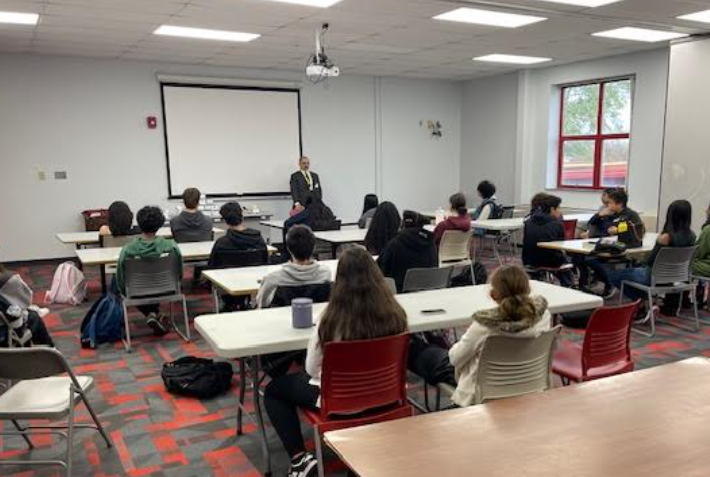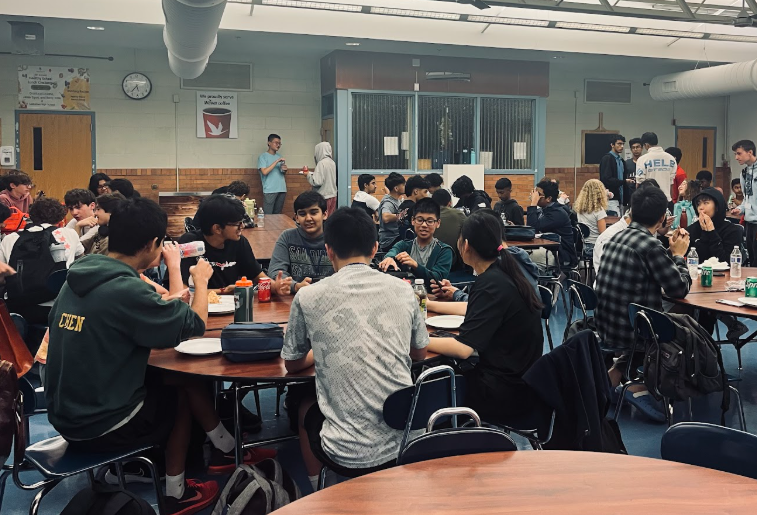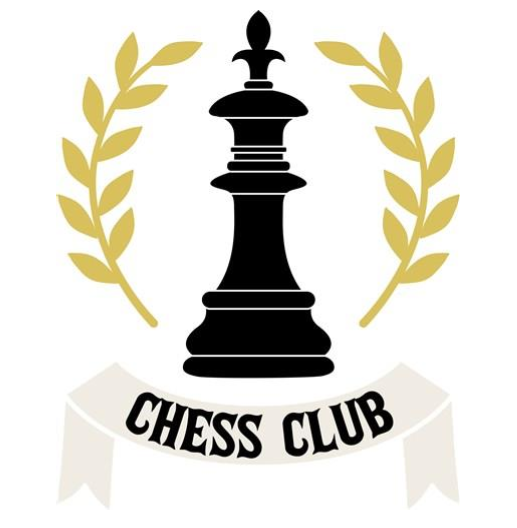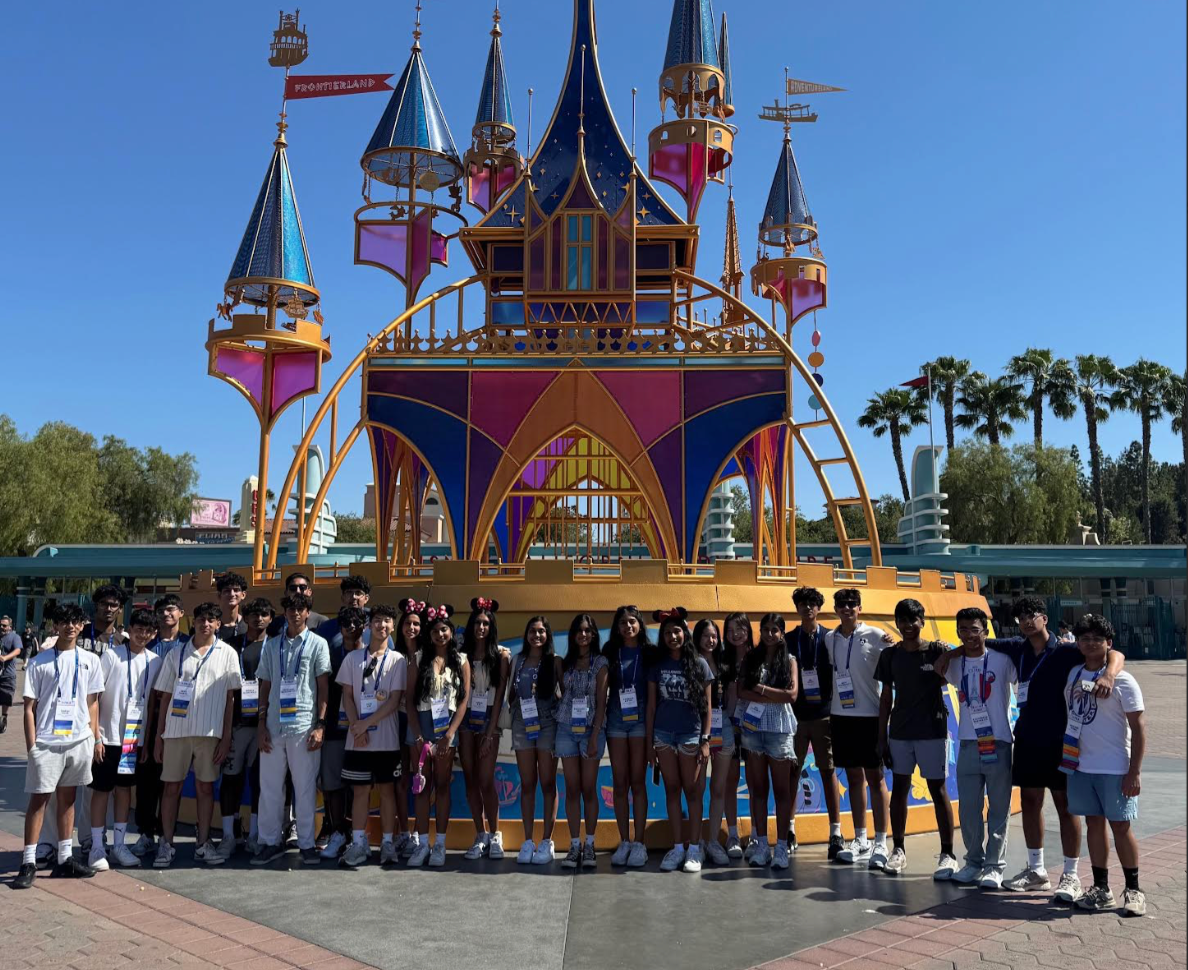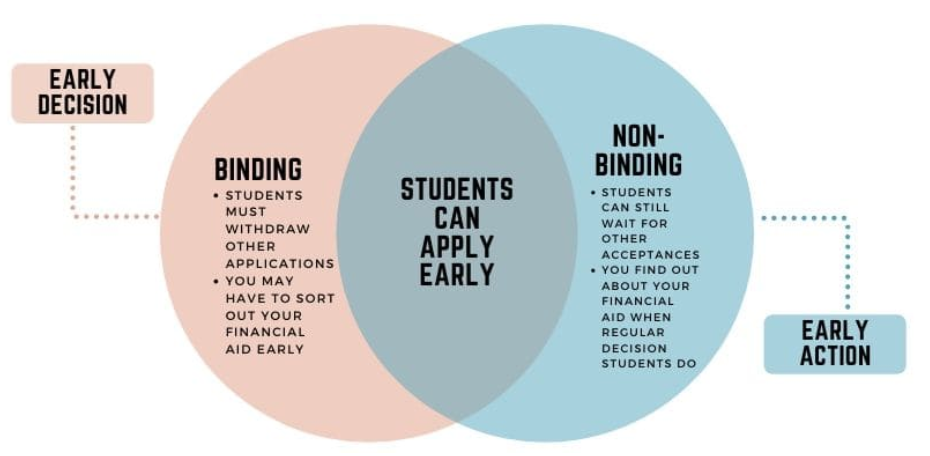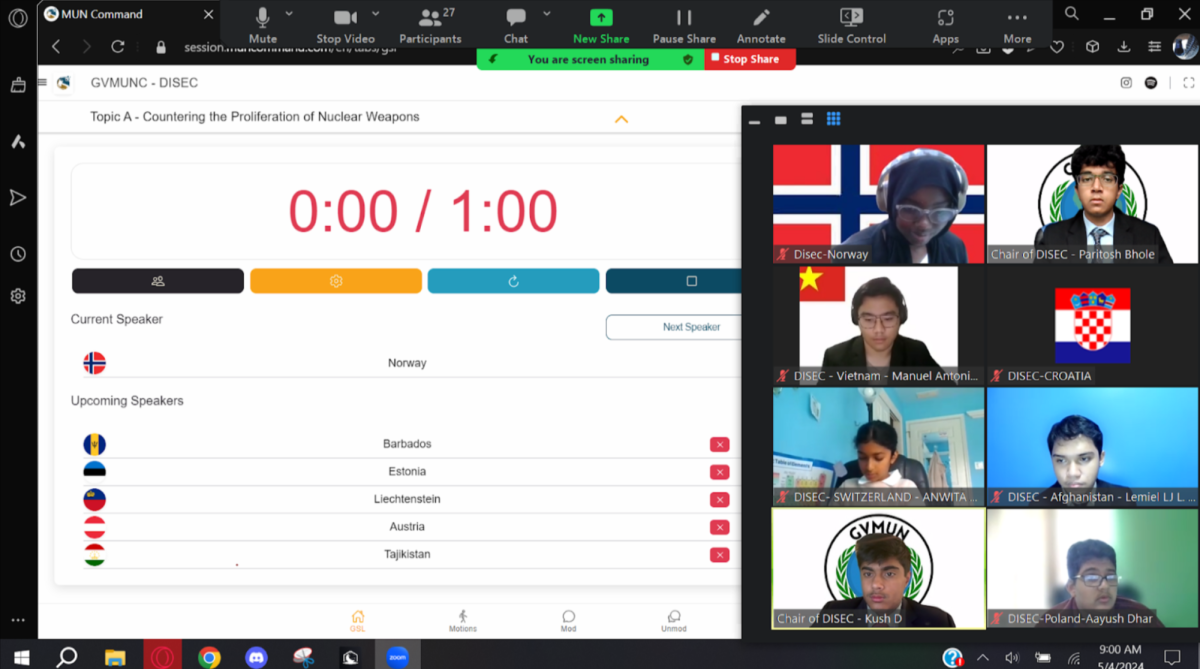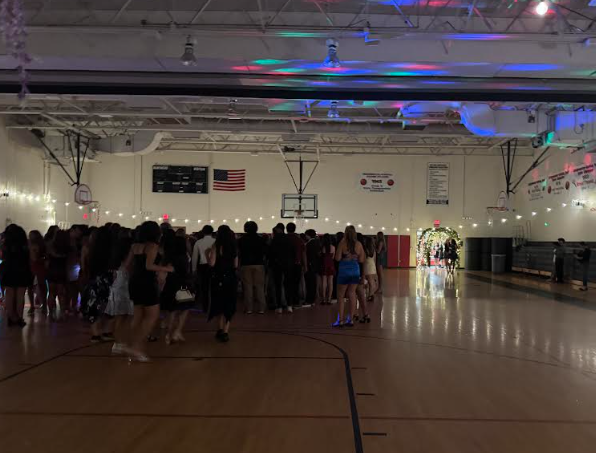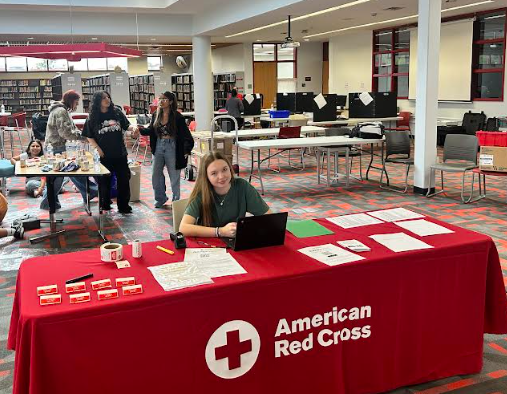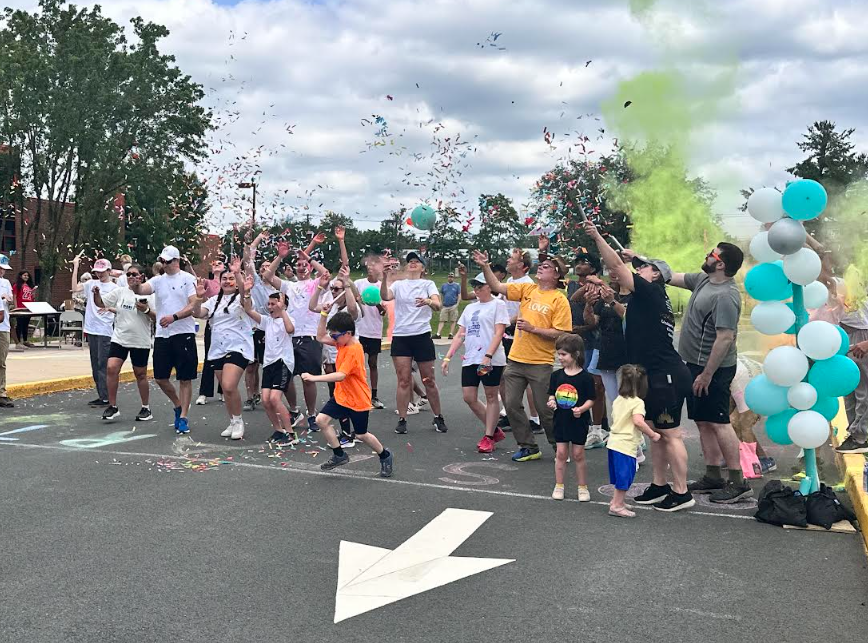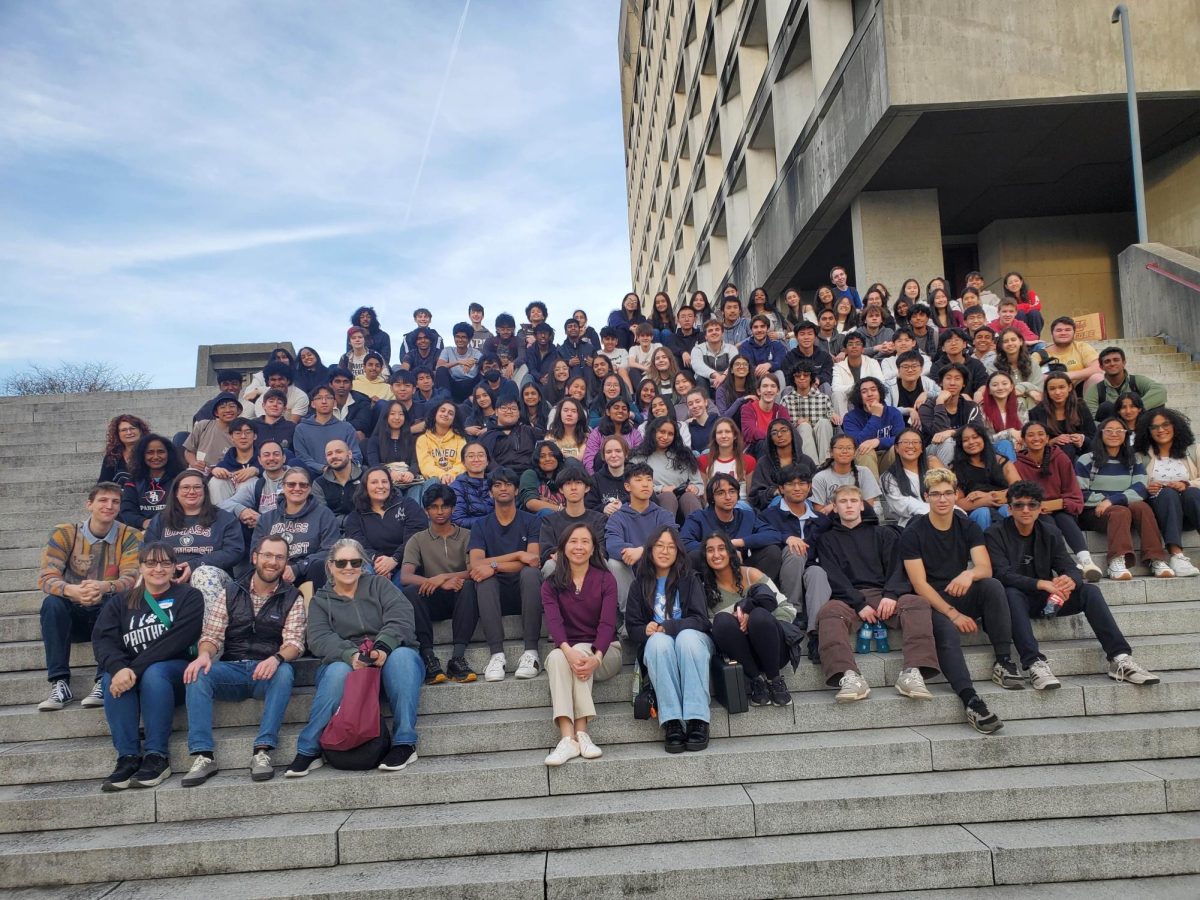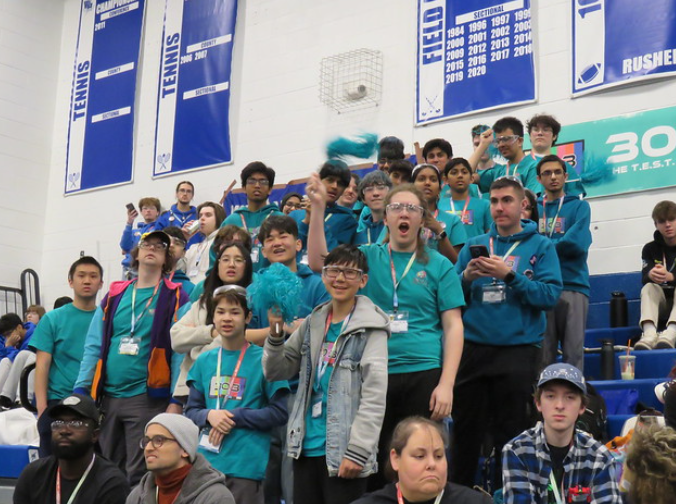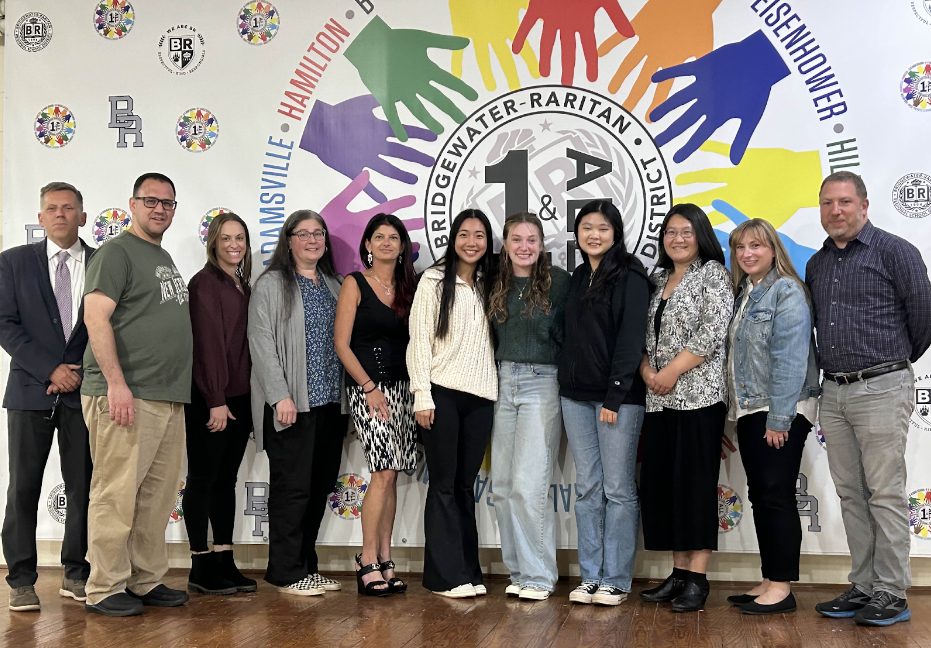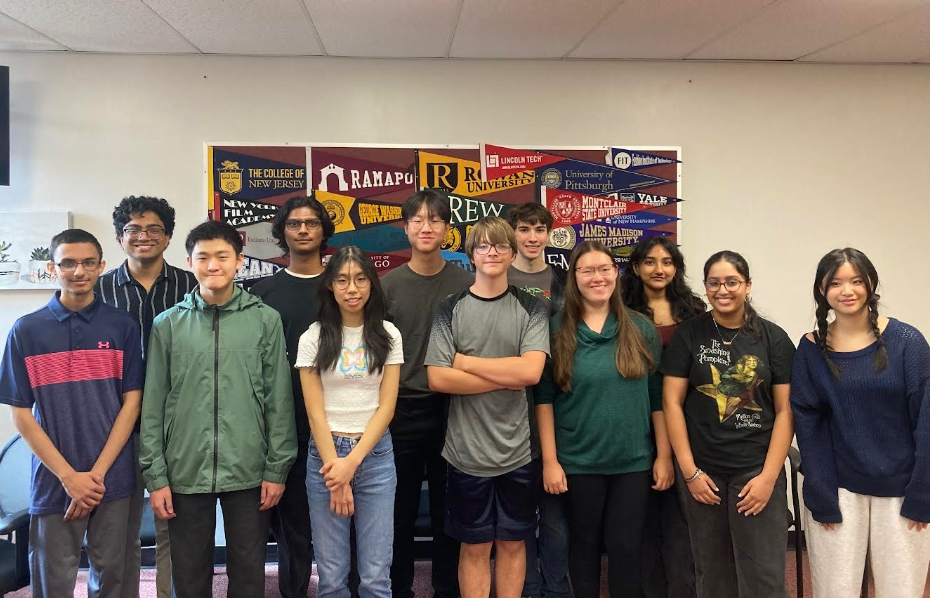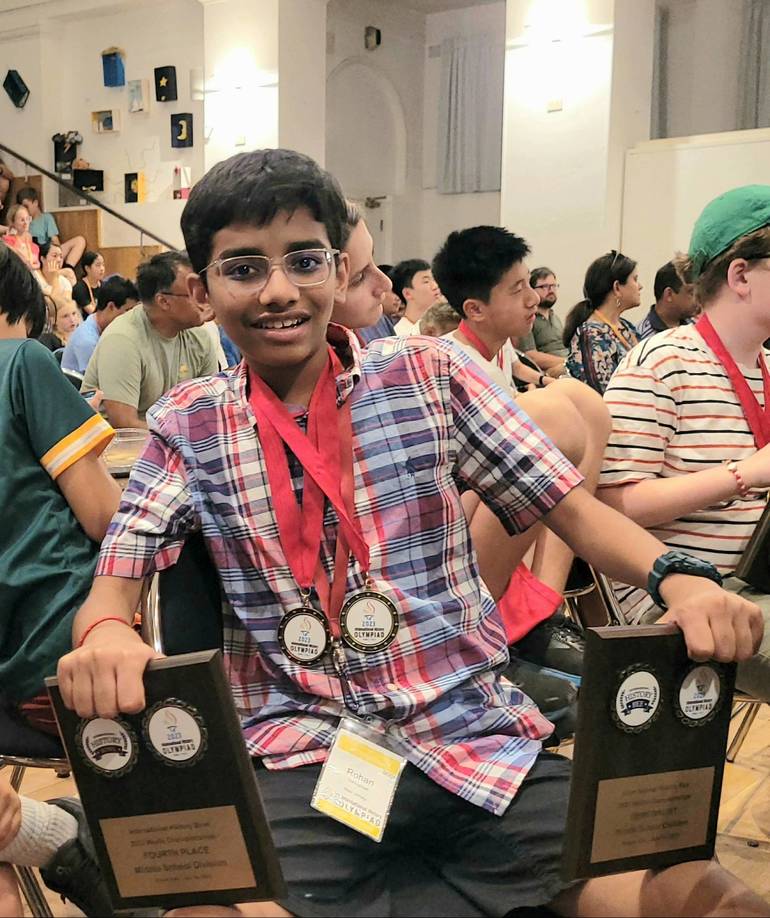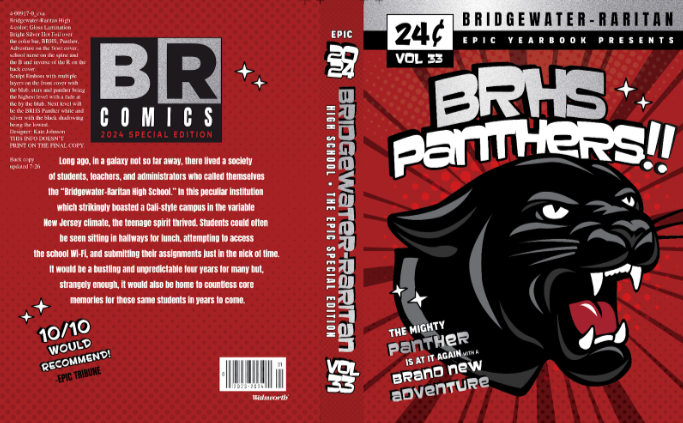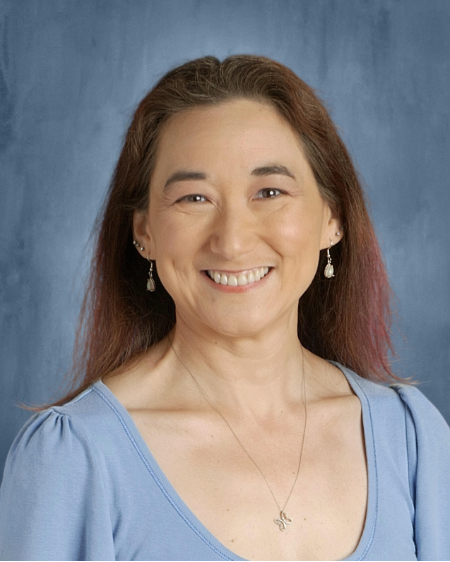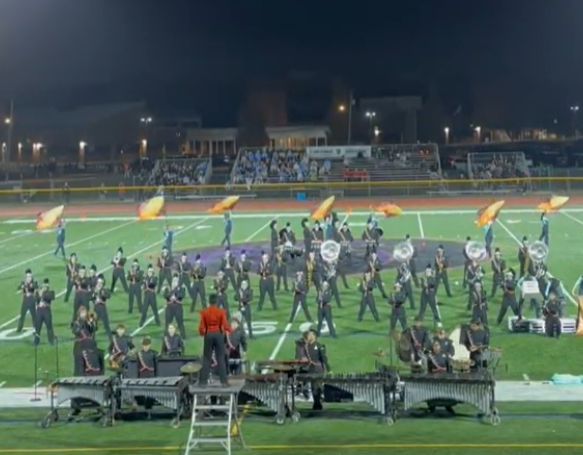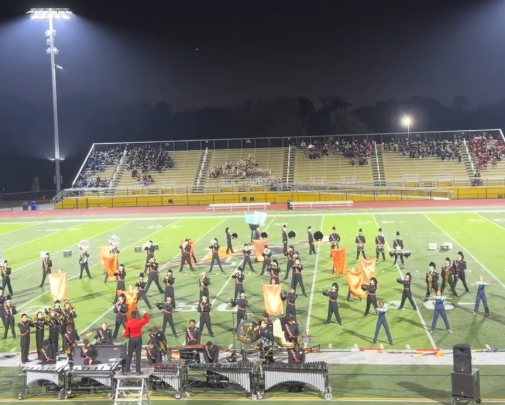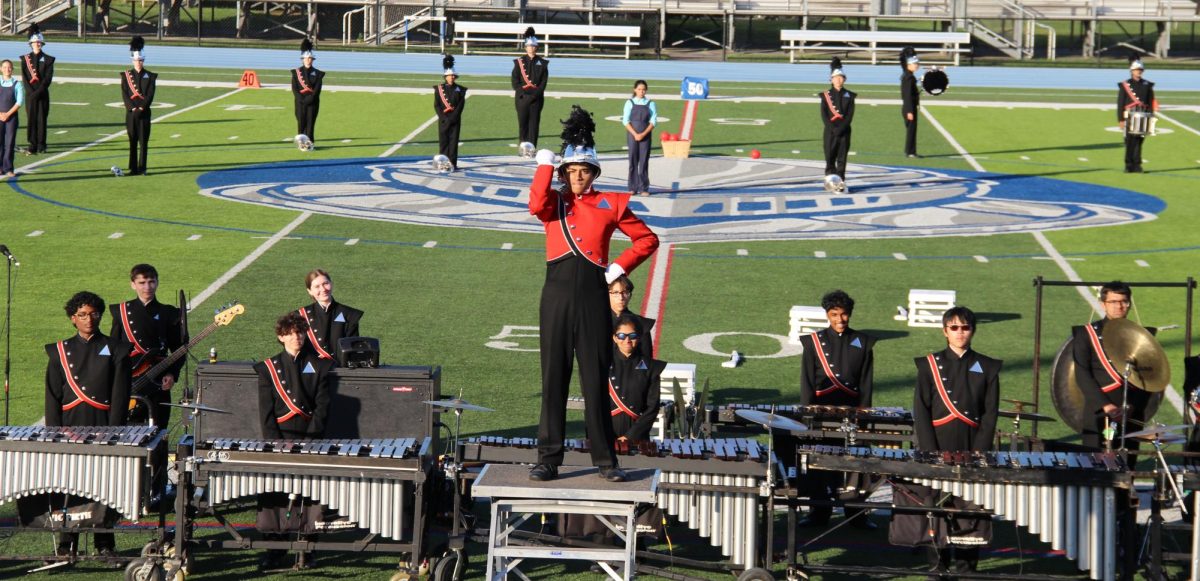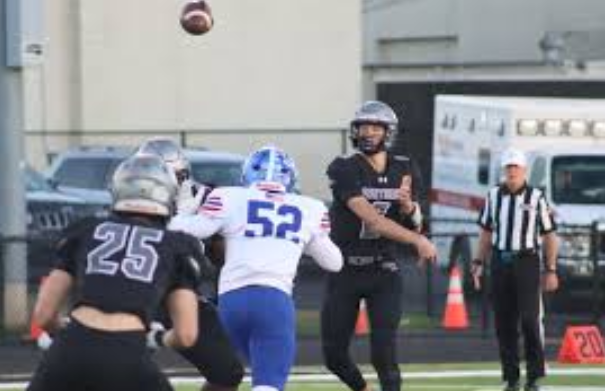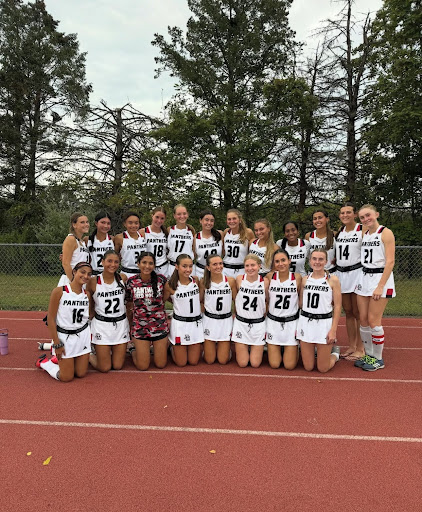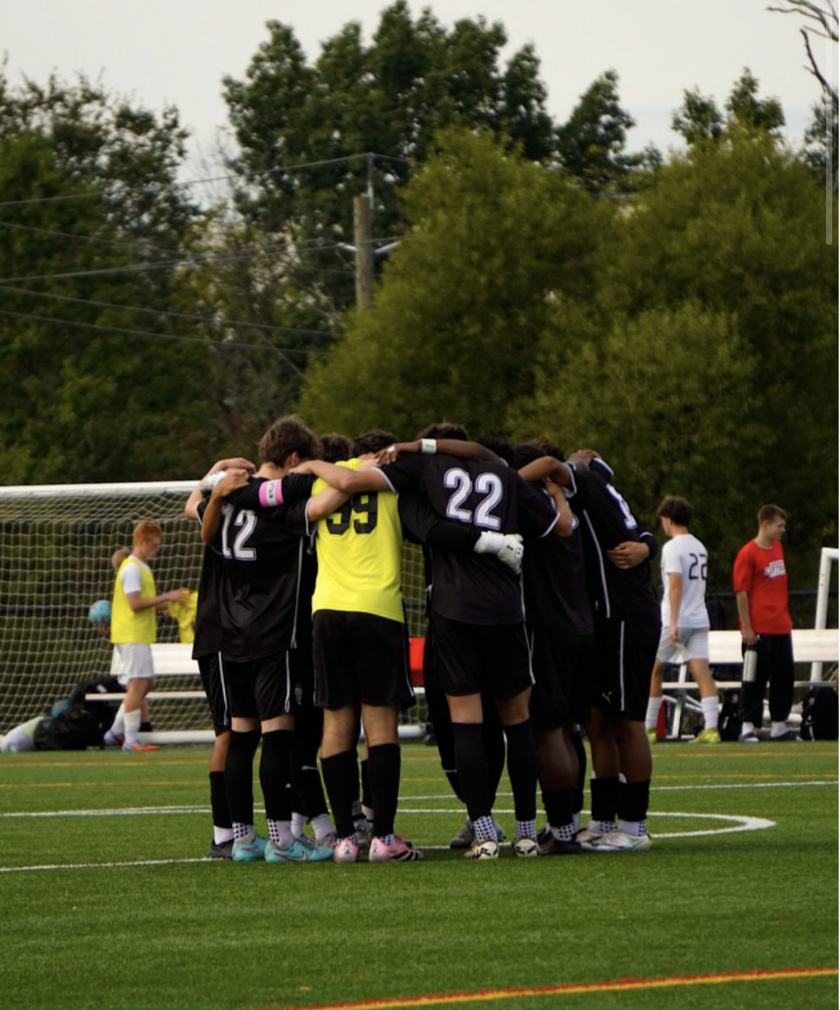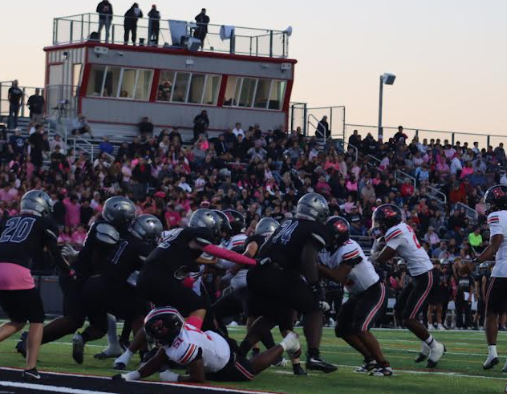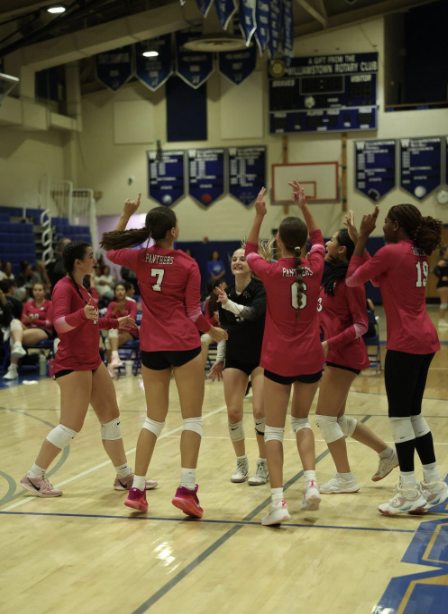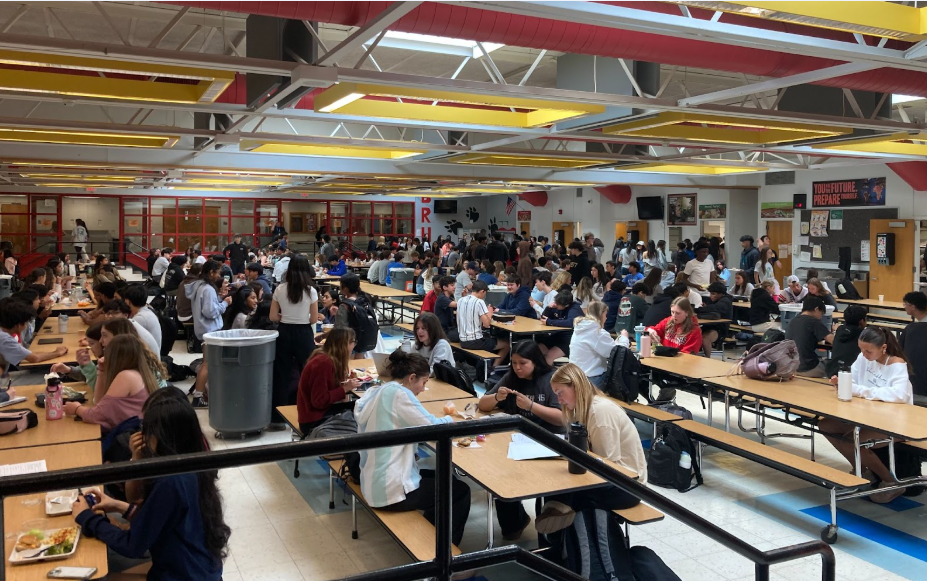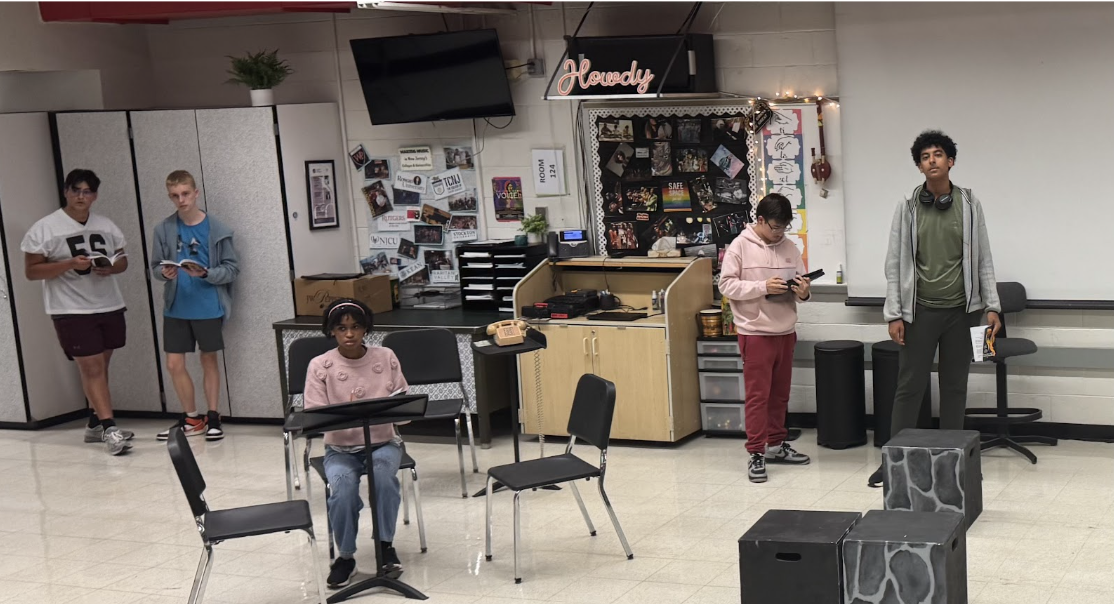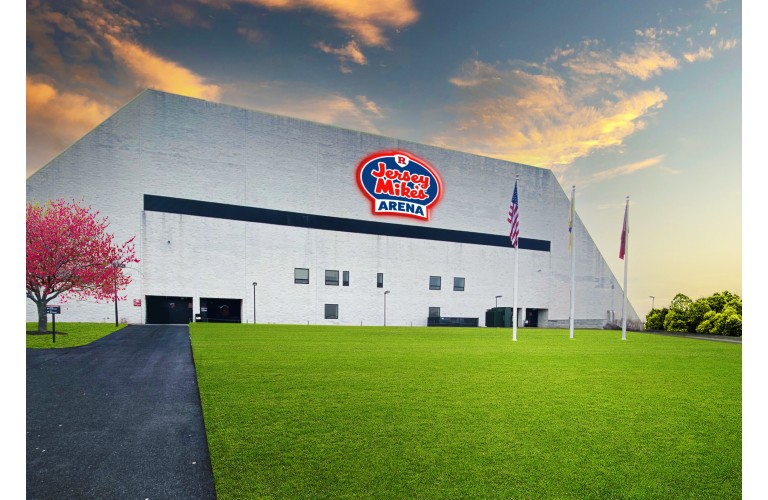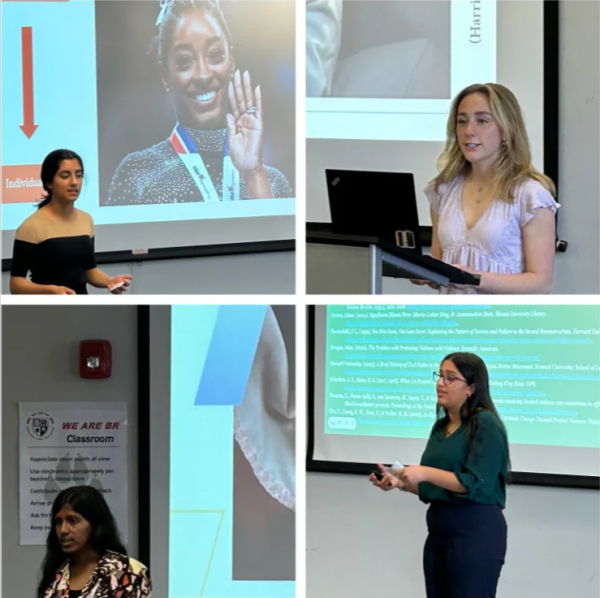
The Advanced Placement (AP) Seminar and Research students presented their months of research on various topics, ranging from courage to TikTok’s influence on female teens’ purchasing practices. These presentations are an integral component of the AP Capstone program.
AP Seminar students delivered their Individual Multimedia Presentations (IMPs) from April 16 through 19, while the AP Research students presented their individual sessions on April 24. These presentations were held in the high school’s library classroom A/B.
AP Seminar is the first year of the AP Capstone Program, where students develop two presentations throughout the course. The first presentation is the Team Multimedia Project (TMP), which involves a group of three to five AP Seminar students developing presentations on topics of their choosing, writing essays on these topics from various perspectives, and putting them together to develop a multifaceted presentation on their topic of interest.
After this first performance task, AP Seminar students are tasked to individually find topics of their interest based on stimulus material provided by the College Board. This year, the materials revolved around courage and its various influences, lending to many presentations including the idea of courage and different variations of the theme.
These presentations ranged from six to eight minutes and upon completing their presentation and asserting their argument and solutions, the proctors or graders of the various presentations asked the students defense questions. These questions included inquiring about their research process, source-gathering strategies and key takeaways from the entire presentation experience. For this year’s AP Seminar presentations, Mr. Andrew Clark, Ms. Sarah Cleary and Mr. James Challandes asked the students’ defense questions.
AP Research students then presented their presentations. These students have already completed AP Seminar and partake in the AP Research class, the second year of the AP Capstone Program. Unlike AP Seminar, which has two Performance Tasks and is guided by the College Board course outline, AP Research has minimal directions and allows students to pick their research topic, method and overall path for their final presentation. Students completed a range of presentations, from circadian rhythms to controversial books in high school literature.
Students developed twenty-minute presentations on topics they could collect data for from the student body, using this data and other external sources to develop their presentations. Students used the school year to conduct their research and came to a conclusion that adds or sparks research in the field they chose.
AP Research students were able to conduct this research with the support of the AP Research program, which gave them information about effective research methods, analyzing conducted research and extracting useful information. By sending forms related to their topics to the Bridgewater-Raritan student body, AP Research students were able to apply their developed research skills over two years in the AP Capstone program to make their research quality-driven and effective in the real world.
Similar to the AP Seminar presentations, AP Research students answered three oral defense questions upon completing their presentations, also about the learning process and various intricacies of their research.
All AP Capstone projects serve as a stepping stone to developing more refined and higher-level research skills in students that they can use in other high school courses and in the future, either while pursuing further education or in the workplace.

